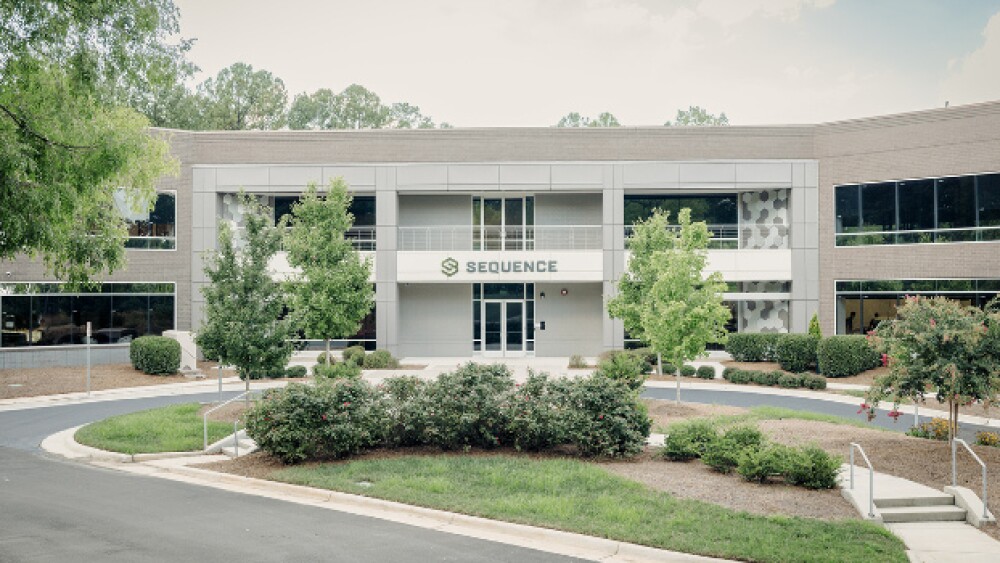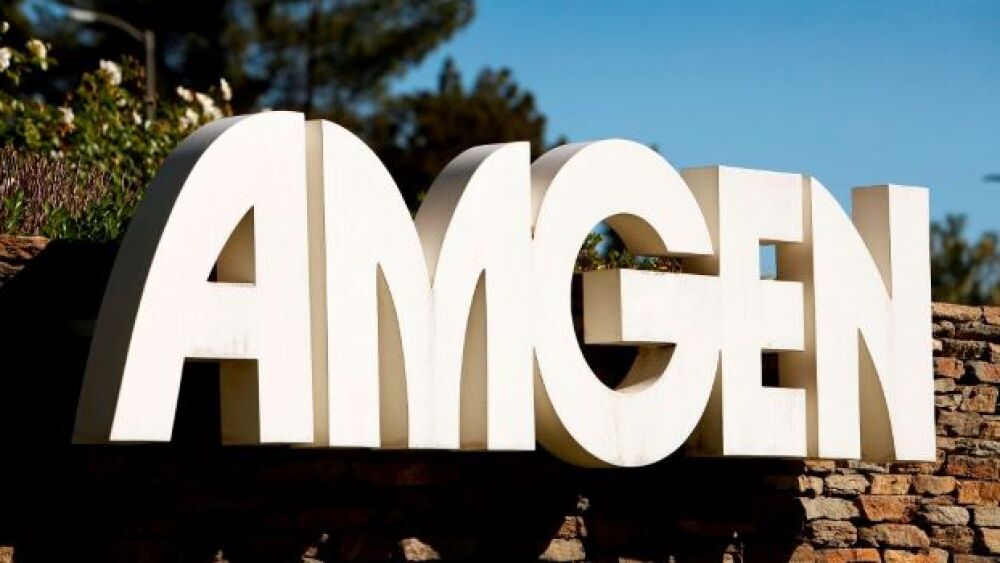Asklepios BioPharmaceutical, Inc. (AskBio), a wholly owned and independently operated subsidiary of Bayer AG, announced today that the European Commission (EC) has granted orphan drug designation for AB-1003 (also known as LION-101)* for the treatment of limb-girdle muscular dystrophy (LGMD).
| -- LGMD is a Rare Form of Muscular Dystrophy with No Approved Therapy -- RESEARCH TRIANGLE PARK, N.C., Feb. 27, 2023 /PRNewswire/ -- Asklepios BioPharmaceutical, Inc. (AskBio), a wholly owned and independently operated subsidiary of Bayer AG, announced today that the European Commission (EC) has granted orphan drug designation for AB-1003 (also known as LION-101)* for the treatment of limb-girdle muscular dystrophy (LGMD). AB-1003 is a novel investigational recombinant adeno-associated virus (AAV) based gene therapy currently being developed as a one-time intravenous (IV) infusion for the treatment of patients with LGMD type 2I/R9 (LGMD2I/R9), a disease subtype affecting 4.5 people per million worldwide, including more than 5,000 people in the EU and US. The EC decision, dated February 15, 2023, follows a positive opinion from the Committee for Orphan Medicinal Products (COMP) of the European Medicines Agency (EMA) and was received through AskBio’s EU-based subsidiary BrainVectis. AB-1003 is being investigated in the US in a Phase 1/2 multicenter study that will evaluate the safety, tolerability and efficacy of a single IV infusion of gene therapy in adult subjects with genotypically confirmed LGMD2I/R9. “The EC orphan drug designation for AB-1003 is an important recognition of the unmet medical need in LGMD, which has no approved therapy,” said Sheila Mikhail, Co-Founder & CEO, AskBio. “The burden of this rare form of muscular dystrophy on patients and their families is significant, and this decision supports our efforts to potentially bring a new therapeutic option to people in the EU living with the 2I/R9 type of this devastating disease.” The EC grants orphan drug designation for medicinal products intended to treat a life-threatening or chronically debilitating disease that affects no more than five people in 10,000 in the EU, provided there is no other satisfactory treatment option or the medicine can be of significant benefit to those affected by a specific condition. This designation will provide special incentives in the EU, including eligibility for protocol assistance and possible exemptions or reductions in certain regulatory fees. In addition, if the medicine is approved for marketing, this designation will provide 10 years of marketing exclusivity. About Limb-Girdle Muscular Dystrophy (LGMD) and Limb-Girdle Muscular Dystrophy Type 2I/R9 (LGMD2I/R9) Limb-girdle muscular dystrophy (LGMD) is a term for a group of diseases that cause progressive weakness and wasting of the muscles in the arms and legs.1 The muscles most affected are those closest to the body (proximal muscles), specifically the muscles of the shoulders, upper arms, pelvic area and thighs.1 The severity, age of onset, and features of LGMD vary among the many subtypes of the condition and are often inconsistent, even within the same family.1 Signs and symptoms may first appear at any age and generally worsen with time, although in some cases they remain mild.1 Limb-Girdle Muscular Dystrophy Type 2I/R9 (LGMD2I/R9) is a form of LGMD and is caused by mutations in the FKRP gene.2 In LGMD2I/R9, signs and symptoms often develop in late childhood and may include difficulty running and walking.2 The symptoms gradually worsen over time toward significant disability, and affected people generally rely on a wheelchair for mobility approximately 23-26 years after onset.2 Currently, there is no treatment that modifies the disease progression, and management is based on the signs and symptoms present in each individual.2 Visit the National Institutes of Health Medline Plus website to learn more about LGMD and LGMD2I/R9. About AskBio About Bayer AskBio Forward-Looking Statements * European Commission orphan drug designation is for “adeno-associated viral vector serotype 9 expressing fukutin related protein.” 1. National Institutes of Health – Medline Plus: Limb-Girdle Muscular Dystrophy – Description. Accessed February 17, 2021. Limb-girdle muscular dystrophy: MedlinePlus Genetics 2. National Institutes of Health — National Center of Advancing Translational Sciences: Genetic and Rare Diseases Information Center. Limb-Girdle Muscular Dystrophy Type 2I – Summary. Accessed February 17, 2021. Limb-girdle muscular dystrophy type 2I | Genetic and Rare Diseases Information Center (GARD) – an NCATS Program (nih.gov)
SOURCE AskBio |





